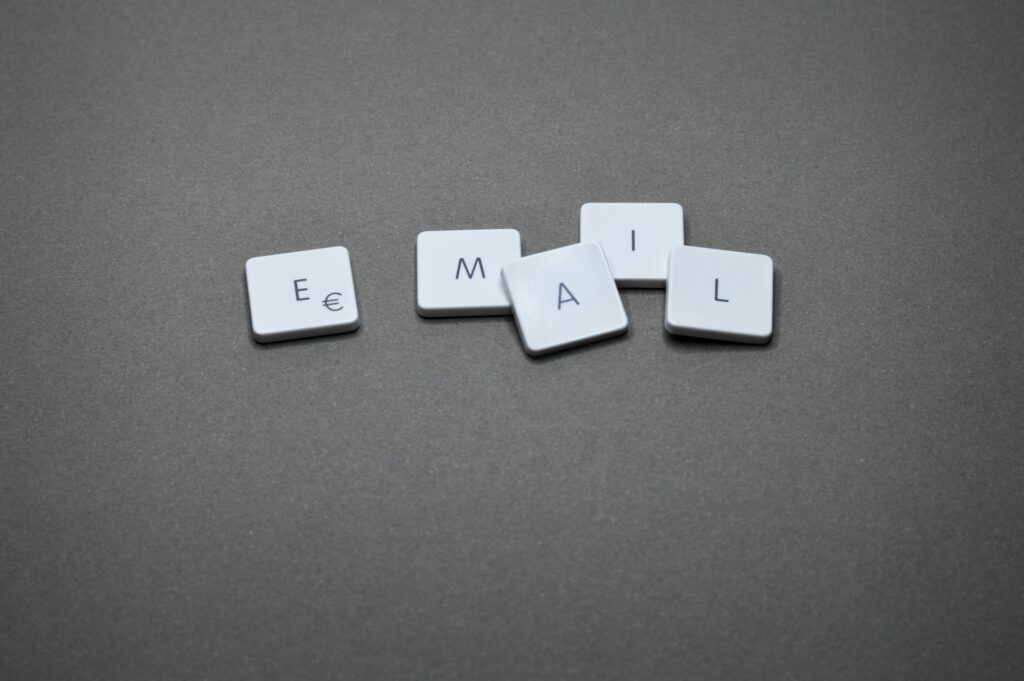Email segmentation is the technique of dividing your email list into smaller groups of contacts based on specific criteria, such as demographics, behavior, or interests. Email segmentation aims to create more personalized and targeted communications that resonate with your audience and ultimately drive better engagement and conversion rates.
A collection of techniques can be used for email segmentation, each with advantages and limitations. Some of the most common methods include:
Demographic segmentation: This technique involves segmenting your email list based on demographic information such as age, gender, location, and occupation. Demographic segmentation can help you create more relevant and personalized communications that resonate with your target audience.
Behavioral segmentation: This technique involves segmenting your email list based on past behavior, such as purchase history, website activity, or email engagement. Behavioral segmentation can help you create more effective re-engagement campaigns and win back inactive subscribers.
Interest-based segmentation: This technique involves segmenting your email list based on interests and preferences, such as product or content preferences. Interest-based segmentation can help you create more personalized and targeted communications that drive better engagement and conversion rates.
LTV-based segmentation: This technique involves segmenting your email list based on customer lifetime value. LTV-based segmentation can help you prioritize your efforts and resources on the most valuable customer segments.
RFM-based segmentation: This technique involves segmenting your email list based on the Recency, Frequency, and Monetary Value (RFM) of the customer’s purchase. This segmentation can help you identify which customers are most valuable and prioritize your efforts on retaining them.

Once you’ve segmented your email list, you can use the information to create more targeted and personalized communications. For example, send a special promotion to a segment of your email list that has shown interest in a specific product category or creates a targeted email campaign to win back inactive subscribers.
You can also use email segmentation to test and optimize different elements of your email campaigns, such as subject lines, headlines, and calls to action. This procedure can help you identify which parts resonate most with your audience and improve the overall performance of your email campaigns.
Email segmentation effectively creates more personalized and targeted communications that resonate with your audience and drive better engagement and conversion rates. The key is to select the segmentation techniques that best align with your marketing goals and use the information to create more relevant and effective communications.
However, it’s important to note that email segmentation has some potential drawbacks. When done correctly, segmentation can fragment the audience and make it easier to drive conversions. However, it could also lead to customers getting numerous uninteresting emails, quickly leading to unsubscribing. Hence it is vital to keep the segmentation relevant, specific, and actionable and your list manageable. Overall, Email segmentation is a powerful tool that can help you create more effective and engaging email campaigns. By segmenting your email list based on specific criteria, you can make more personalized and targeted communications to drive better engagement and conversion rates.

